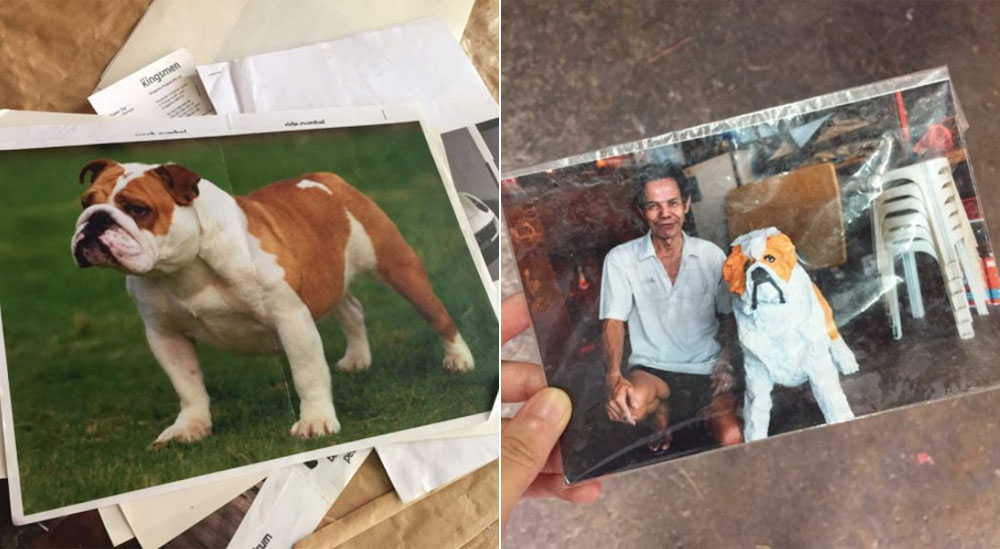Traditional joss paper offerings include houses and servants.
Then there are the modern iPad, cigarette, and treadmill paper offerings.
Taking it to the next level: Personal items, such as a pet dog and drum set, can be converted into joss paper replicas to be burnt, because what the deceased needs in the next life are familiar items.
Handcrafted paper offerings
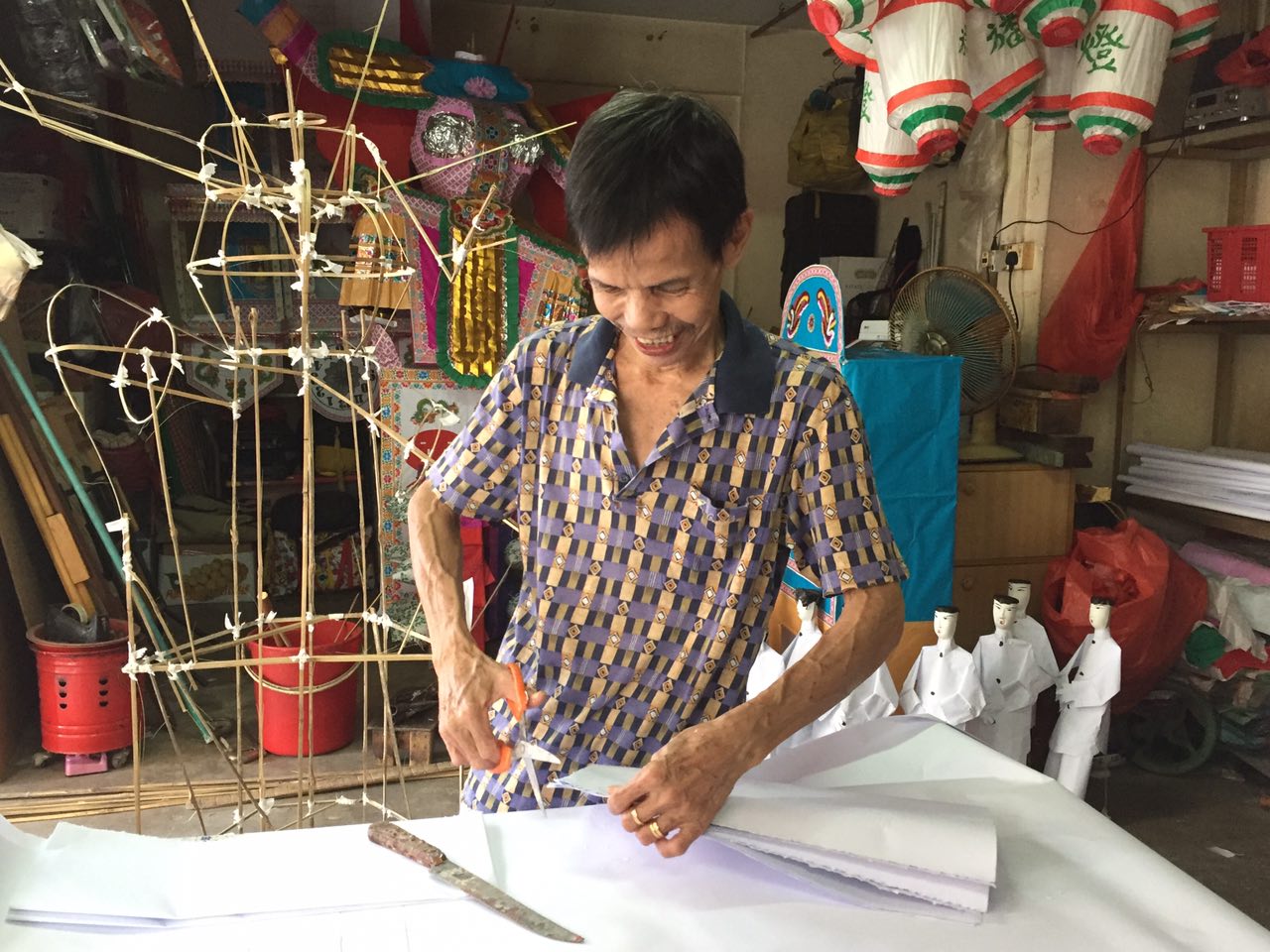 Photo by Tanya Ong
Photo by Tanya Ong
Li Yao An runs Yew Chye Religious Goods Trading, a shop located at Jalan Minyak in the Bukit Merah housing estate.
The 64-year-old man is a kimzua maker and retailer. He has been making and selling joss paper offerings for almost 30 years since the 1970s.
His clientele are mainly Buddhists and Taoists Singaporeans who believe in the afterlife.
These offerings are paper replicas of everyday items that are burnt during religious ceremonies. Peak periods include Hungry Ghost Month and Qing Ming.
Special requests
While most of the paper offerings available for sale these days in Singapore are mass produced, Li accepts requests for customised items.
Some of the more interesting requests he has received include a dog, drum set, and camera that comes with different lenses.
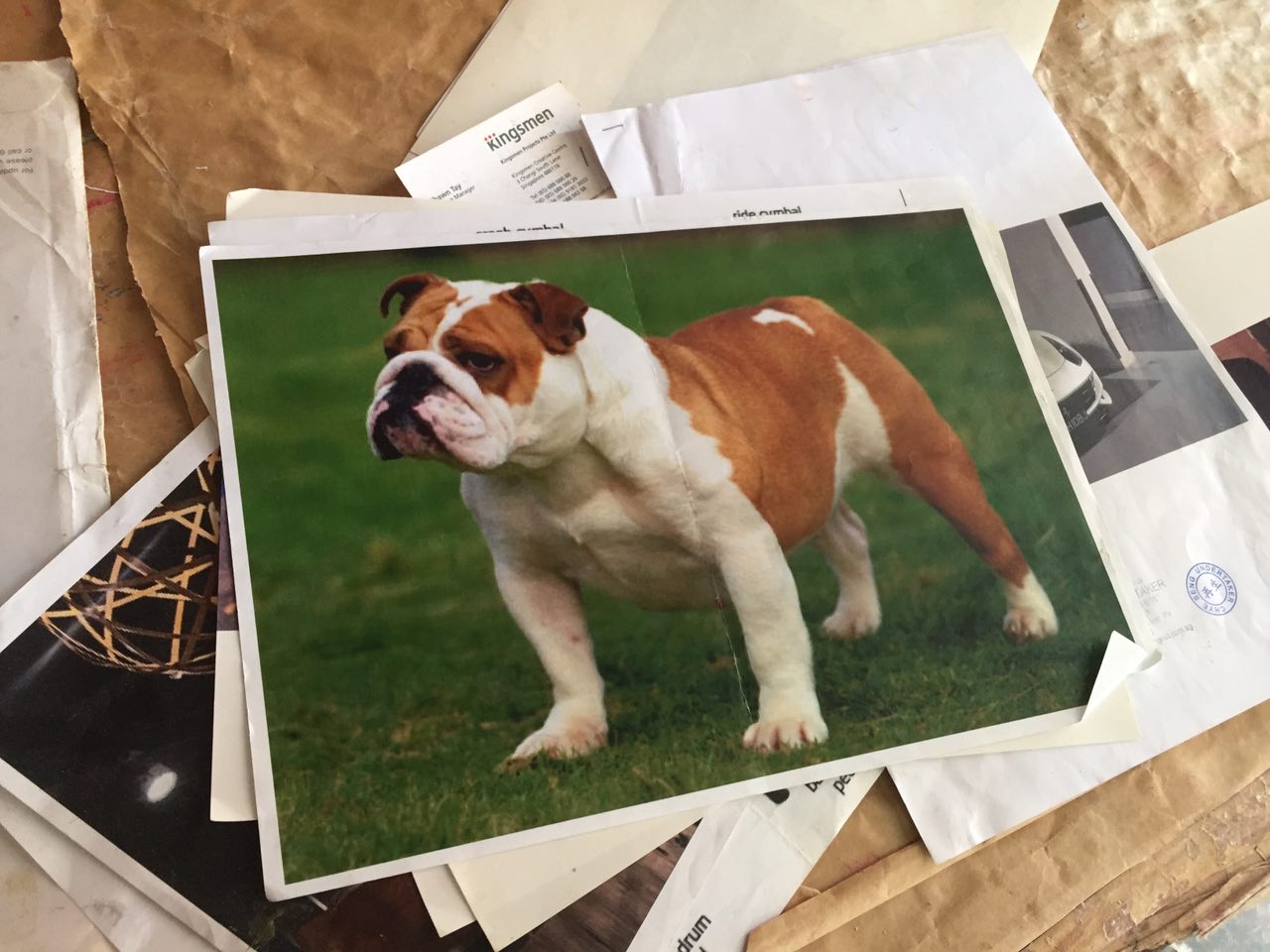 Photo by Tanya Ong
Photo by Tanya Ong
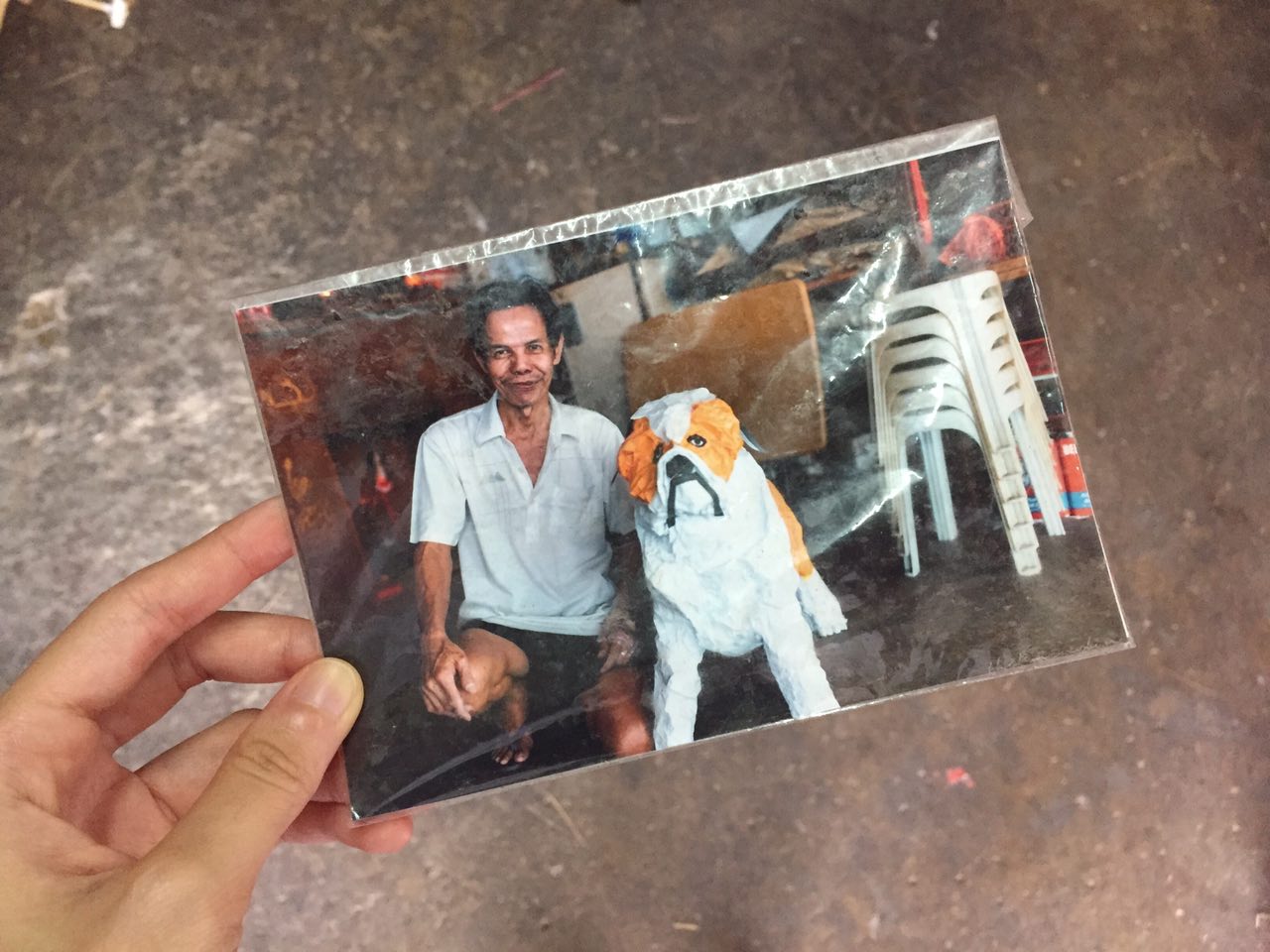 Photo courtesy of Li Yao An
Photo courtesy of Li Yao An
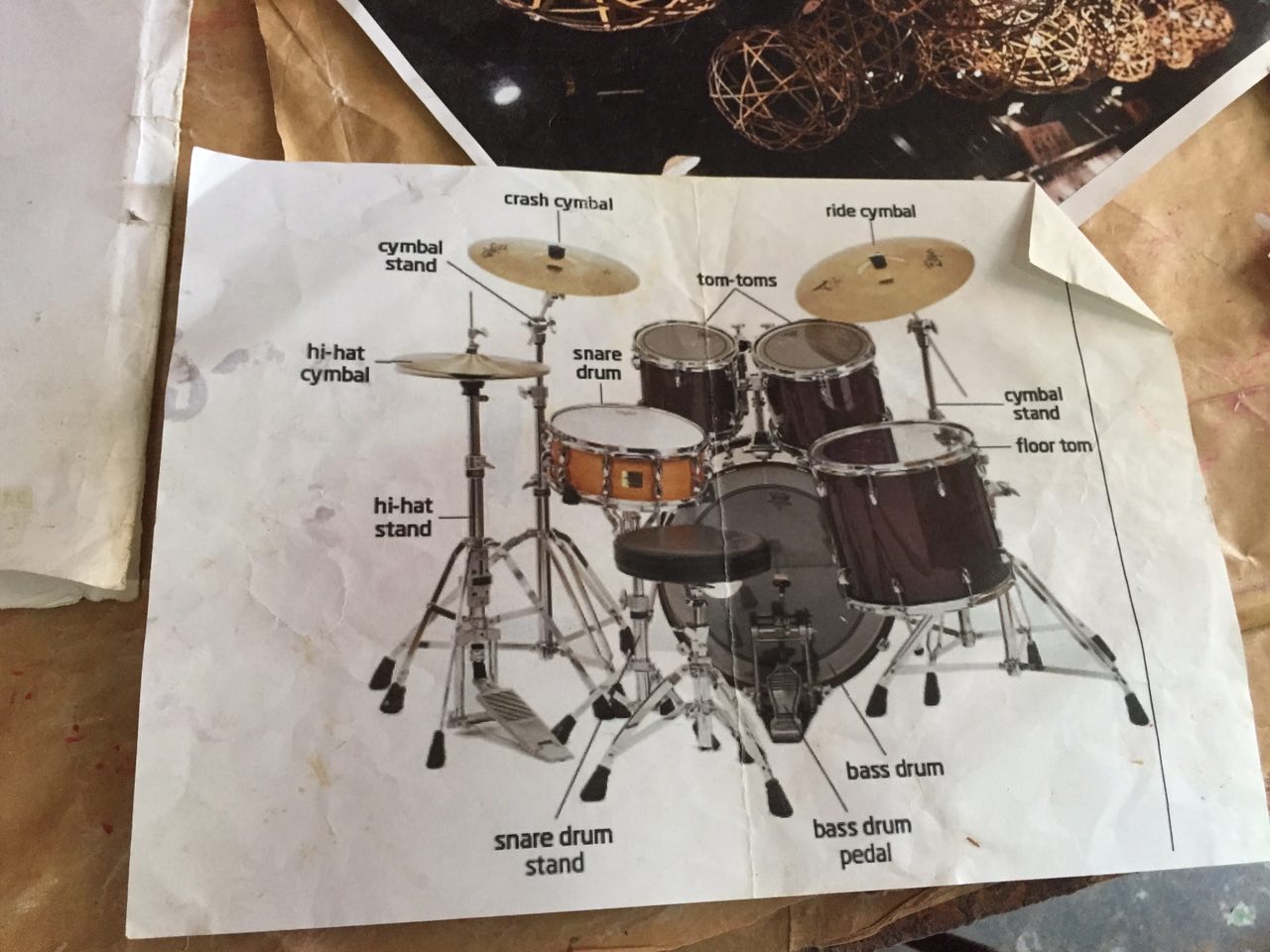 Photo by Tanya Ong
Photo by Tanya Ong
A regular life-sized servant doll would cost roughly S$150, while a three-story maisonette or a motorcycle would cost S$500.
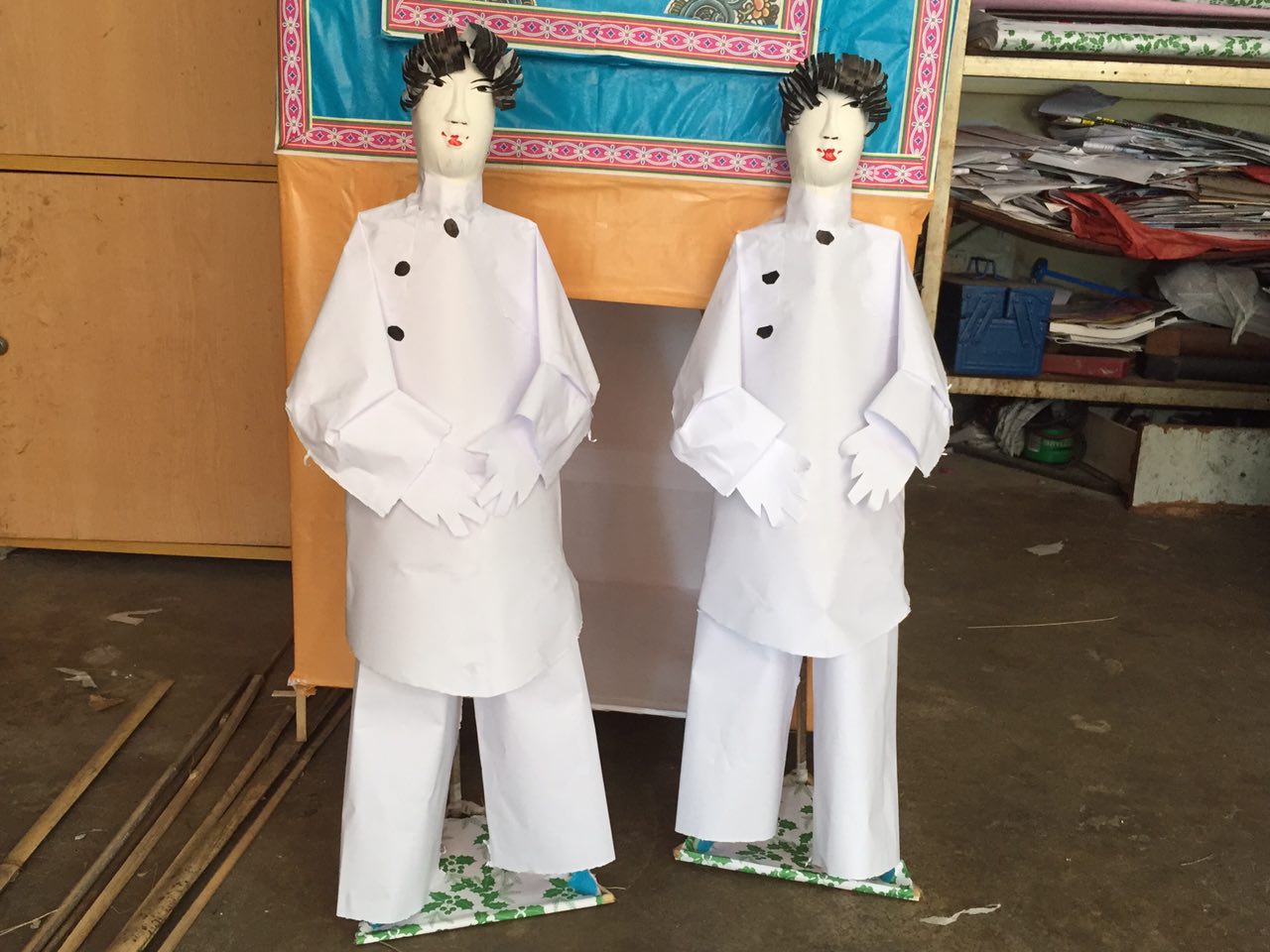 Photo by Tanya Ong
Photo by Tanya Ong
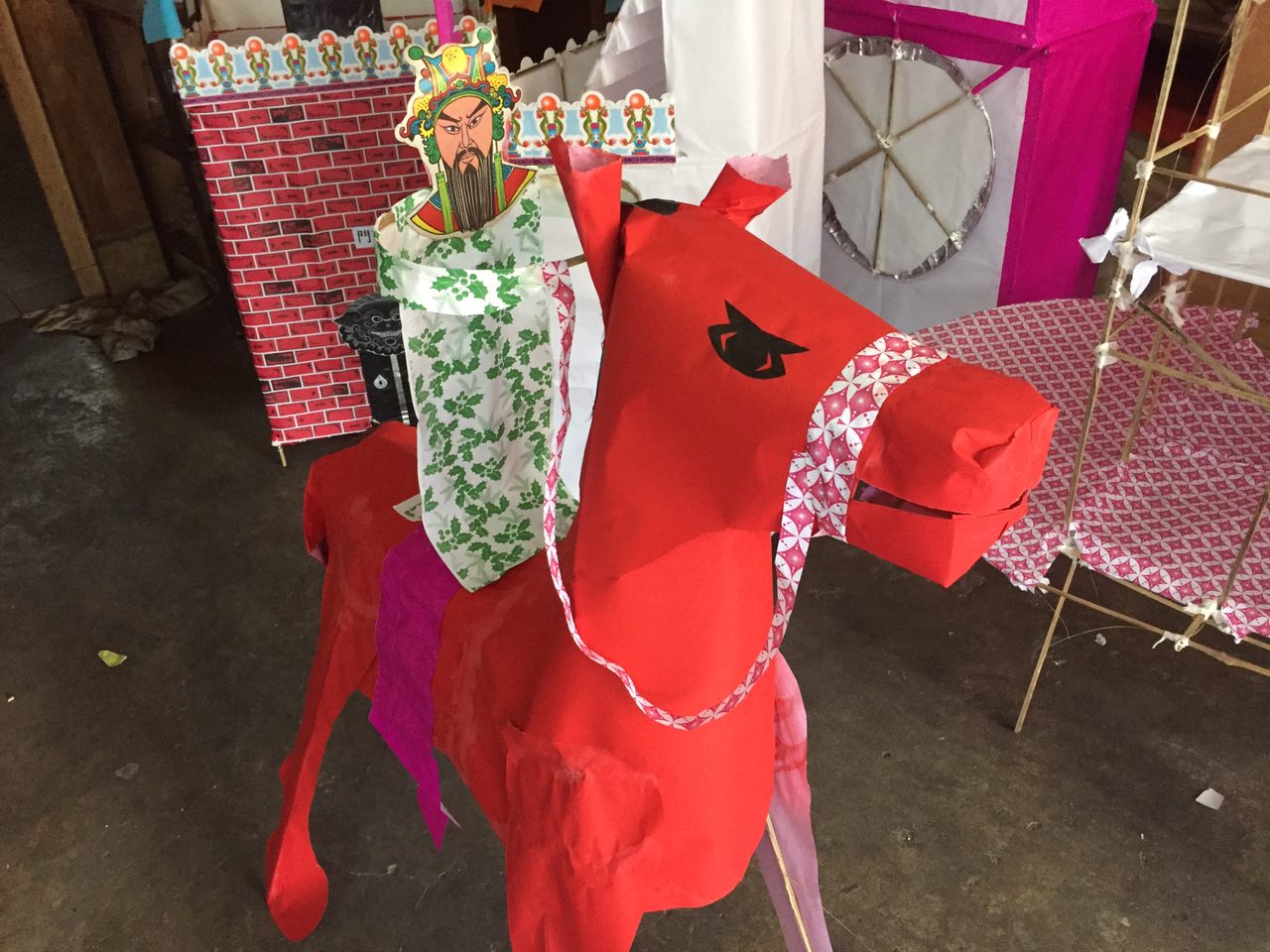 Photo by Tanya Ong
Photo by Tanya Ong
On the other hand, custom-made offerings can take days and weeks to conceptualise and create and can cost more.
Just a photograph as reference
All Li needs is a photograph of the object requested for, and he will turn it into a paper model.
Li cited the example of a customer who requested a huge dog as one of the most challenging customised orders.
“When the customer told me that they wanted a dog, I had to think about it for two weeks. It took a lot of thinking to plan how to do it,” Li said.
To date, the craftsman has never rejected any customers. To him, every order is an opportunity to earn money.
[related_story]
Painstaking process
Li still uses the same method and materials from when he first learnt the trade.
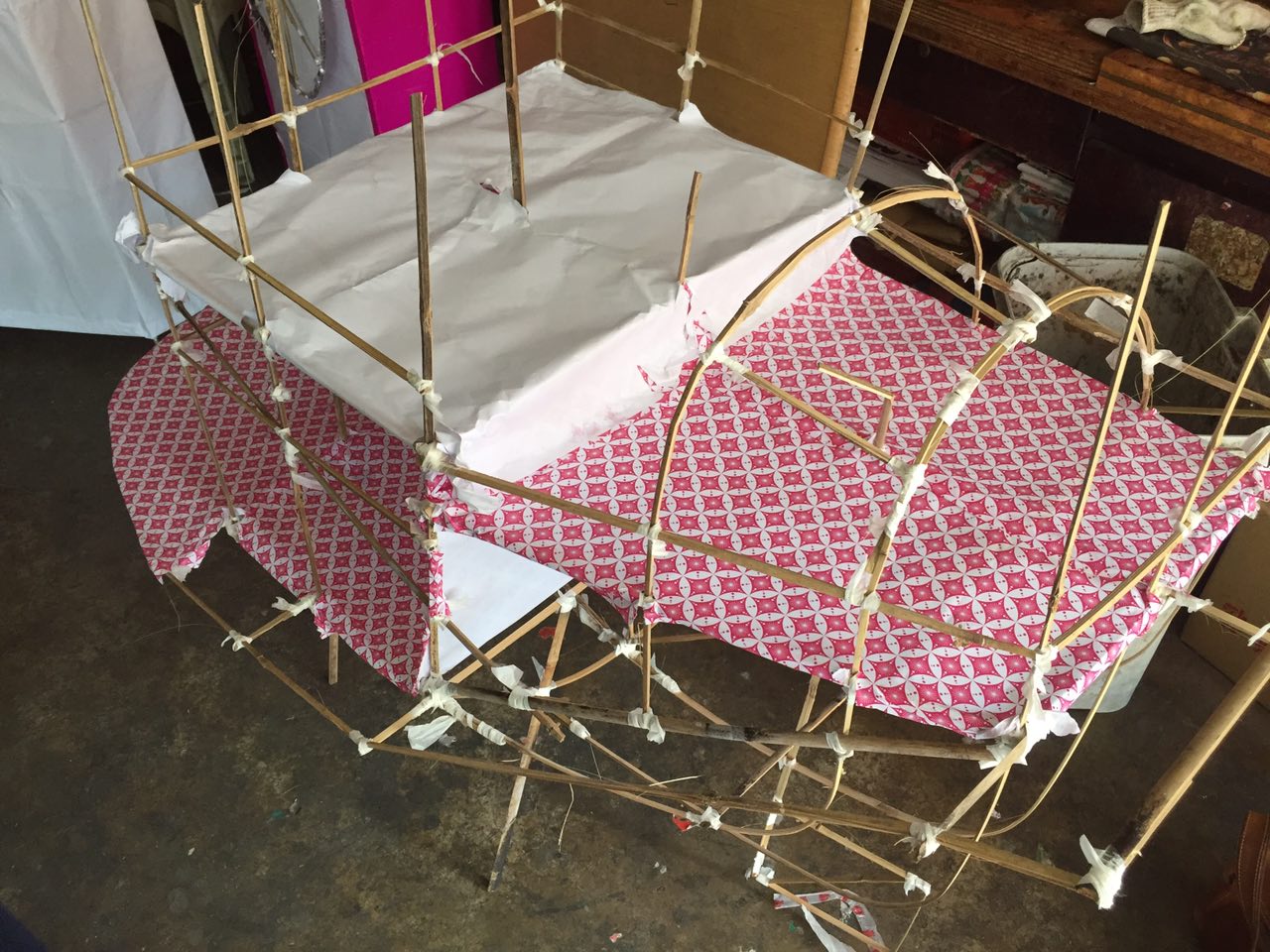 Unfinished model of a boat. Photo by Tanya Ong.
Unfinished model of a boat. Photo by Tanya Ong.
For instance, he has kept the type of paper consistent over the years.
He also makes his own glue from scratch because handmade glue is cheaper and allows him to save money.
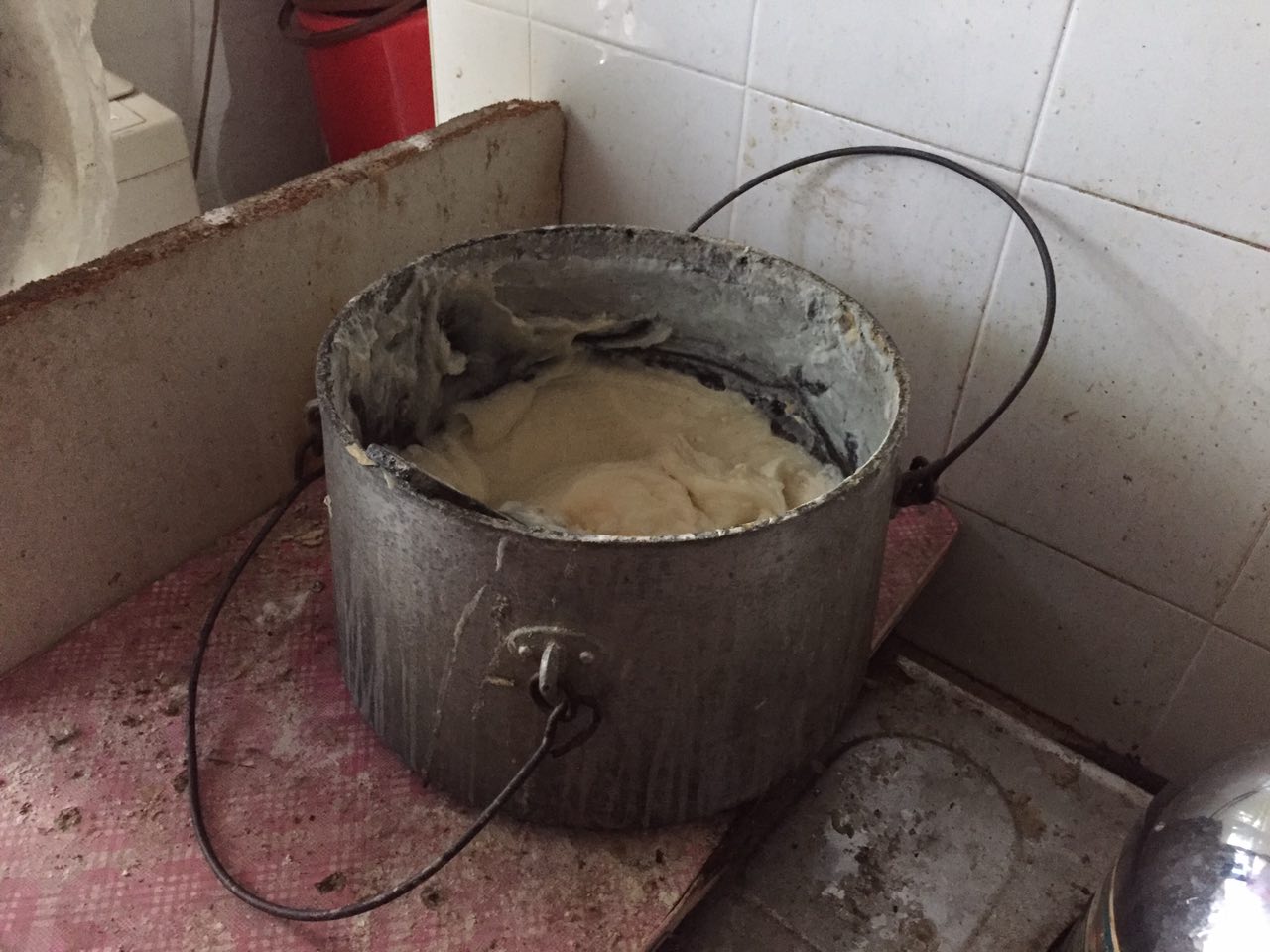 Photo by Tanya Ong
Photo by Tanya Ong
He starts off by making a framework of the object. With great precision, bamboo strips are hand-cut for the frame. The bamboo strips are then bound together to form a structure.
Next, strips of paper are cut out and stuck onto the bamboo frame using his handmade glue. He is so proficient at cutting the paper to the required length he does not need to make measurements beforehand.
Li’s first experience with making offerings for the dead began in Chinatown as a teenager.
He asked the boss of a kimzua shop if he could help out, and the boss agreed to take him on and teach him. It was backbreaking work as he sat on a stool to carry out his work.
In 1990s he opened his shop at Jalan Minyak.
None of his children are keen on taking over his business.
If you like what you read, follow us on Facebook, Instagram, Twitter and Telegram to get the latest updates.
